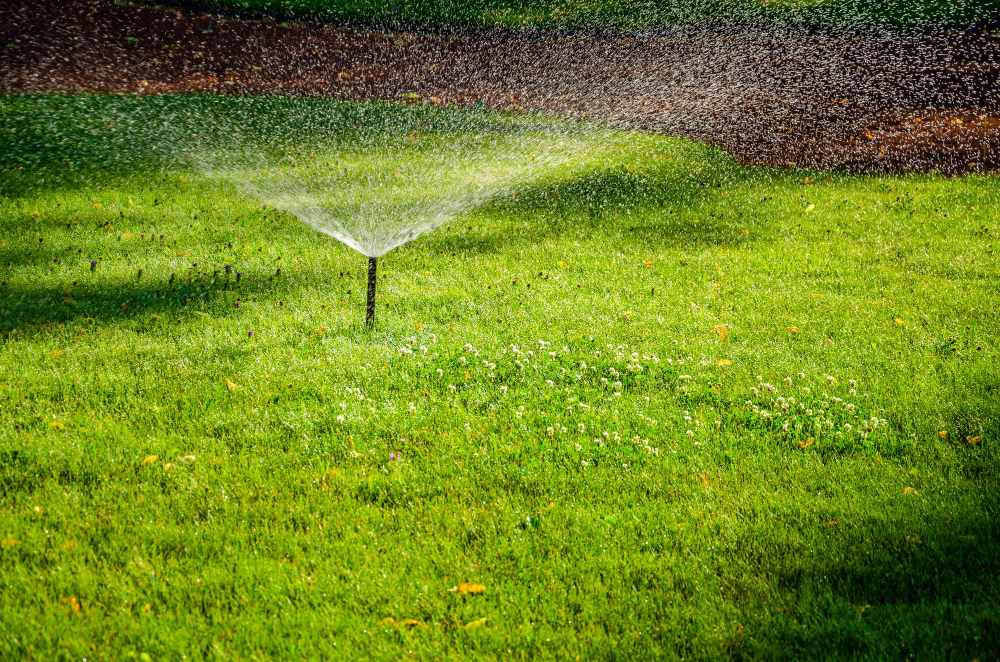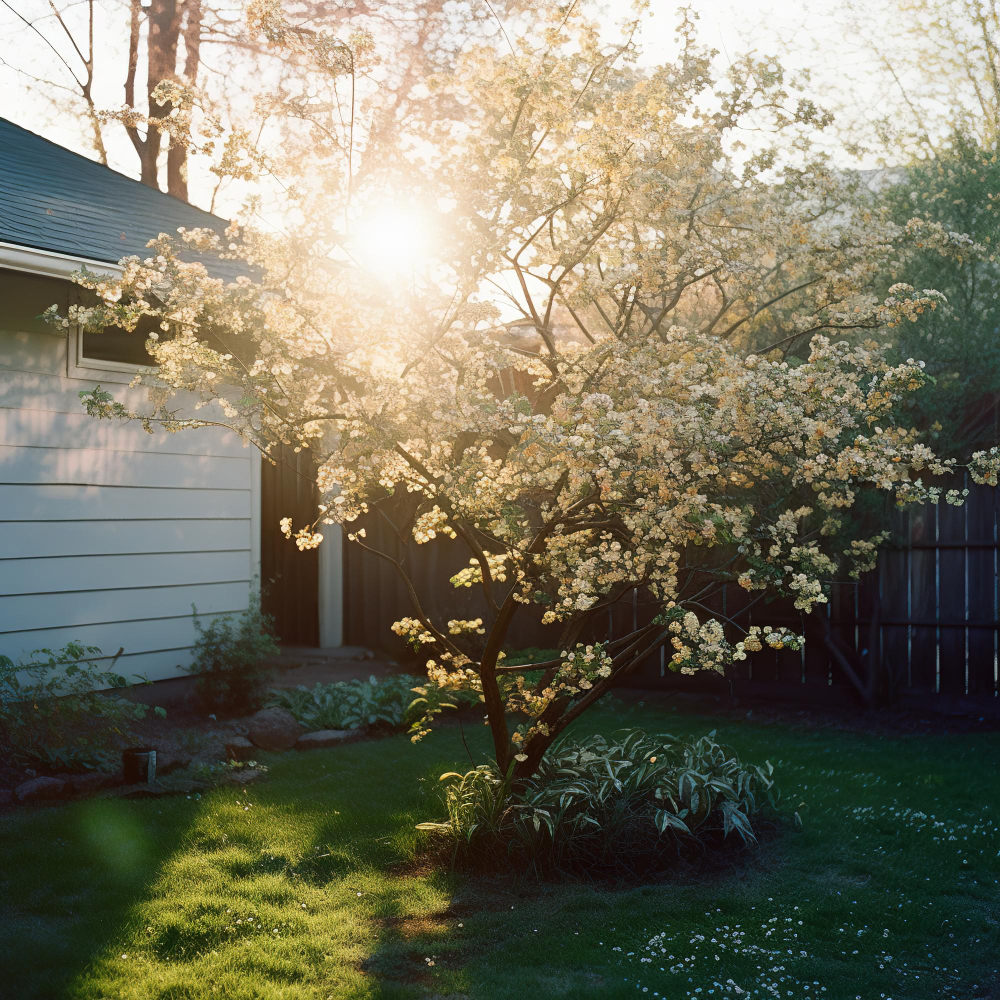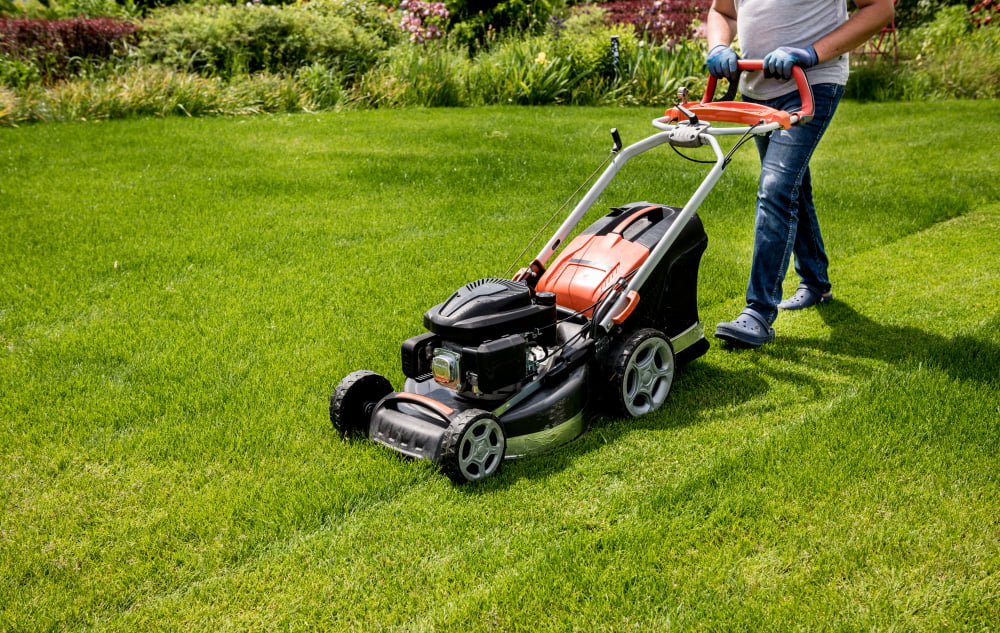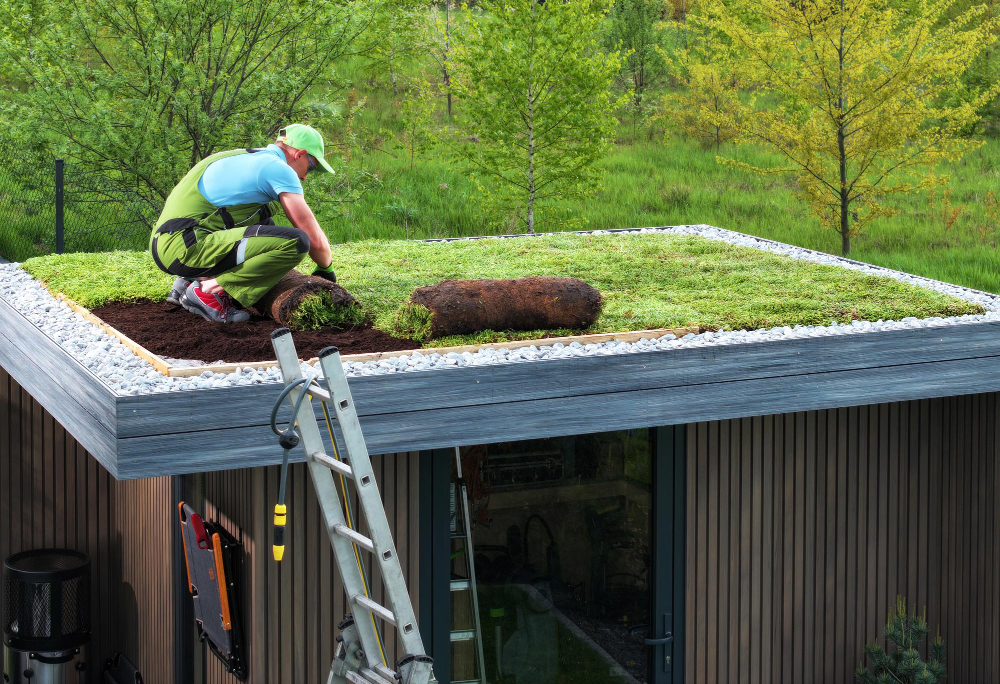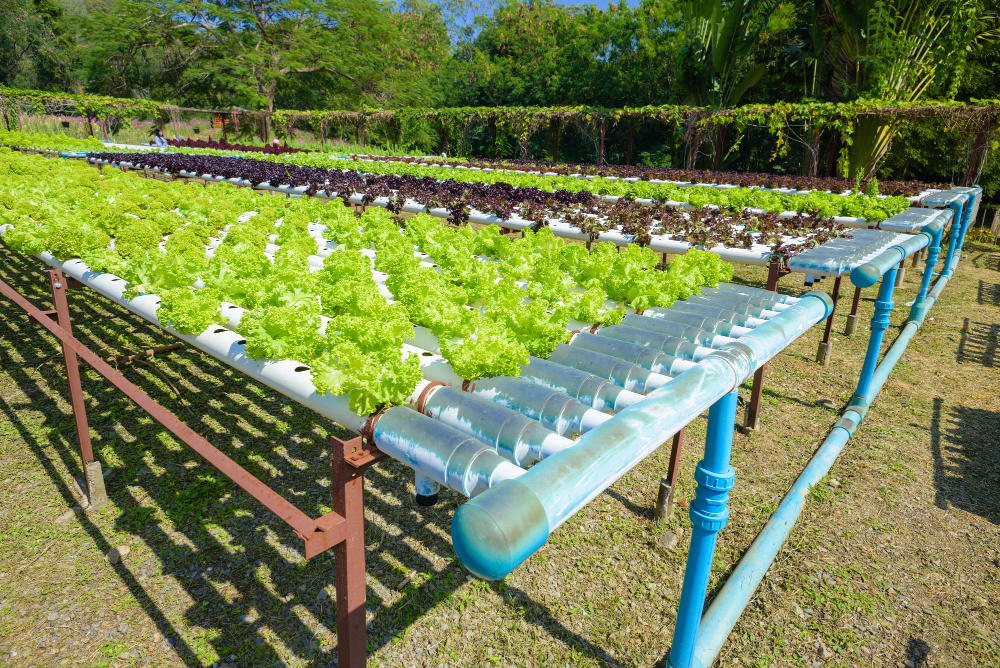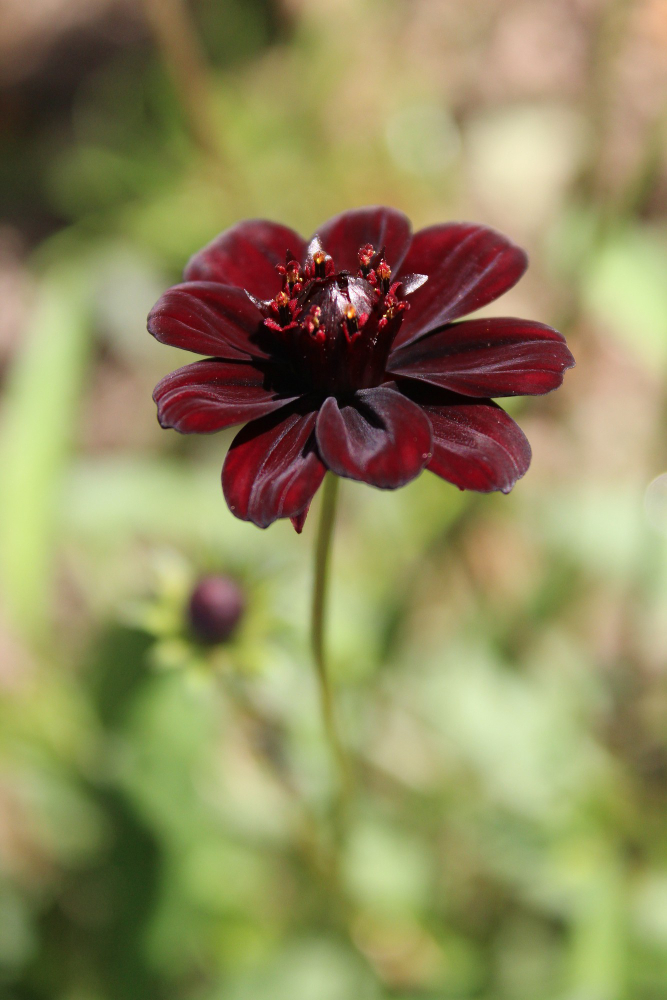Last updated on
Learn how to properly fertilize your plants and keep a thriving garden. Read on!
Cultivating a thriving garden involves more than just watering and sunlight; it requires a keen understanding of your plants’ nutritional needs.
Just like humans, plants also need a balanced diet to grow healthy and strong. Fertilizers play a vital role in this by replenishing soil nutrients and ensuring your plants have the essential elements they need to flourish.
Understanding the correct way to fertilize is critical to avoid common pitfalls like over-fertilization, which can damage your plants and deplete the soil.
Here are some insights and solutions to guide you on the path to proficient fertilization for all your plants.
Identify Your Plants’ Needs

Different plants have unique nutritional requirements. Before applying any fertilizer, take the time to understand what your specific plants need.
Most fertilizers contain a mix of three primary nutrients: nitrogen (N), phosphorus (P), and potassium (K). Nitrogen promotes healthy leaf growth, phosphorus encourages root development and flowering, while potassium helps with overall plant health and disease resistance.
Select the Right Fertilizer

Once you know what your plants need, choose a fertilizer that suits those requirements. There are organic options, like compost and bone meal, and inorganic ones, like synthetic granules and water-soluble powders. There’s also foliar spray fertilizer, which is a great choice for providing quick, targeted nutrition to plants by applying nutrients directly to their leaves.
Follow the Fertilizer Schedule
Different plants have different feeding schedules. Annuals and perennials, for instance, generally require feeding in the growing season, while shrubs and trees benefit from fertilization in the early spring or late fall. Always follow package instructions for application rates and timing.
Apply the Fertilizer Correctly

How you apply the fertilizer depends on its form. Granular fertilizers should be spread on the ground around the plants and then watered in. Liquid fertilizers, like a foliar spray, can be applied directly to the leaves. Ensure the fertilizer is applied evenly to avoid nutrient hotspots that can burn plant roots.
Monitor Your Plants
Observing your plants is the best way to gauge if your fertilization routine is working. Healthy plants typically have strong growth, vibrant color, and robust flowering or fruiting. If you notice yellowing leaves or stunted growth, it might be an indication that your plants need additional nutrients.
Be Mindful of the Environment
Always use fertilizers responsibly. Excess fertilizer can run off into water bodies, leading to pollution and harmful algal blooms. To mitigate this, avoid over-fertilizing and ensure the fertilizer is properly absorbed by watering it in.
Adapt and Adjust
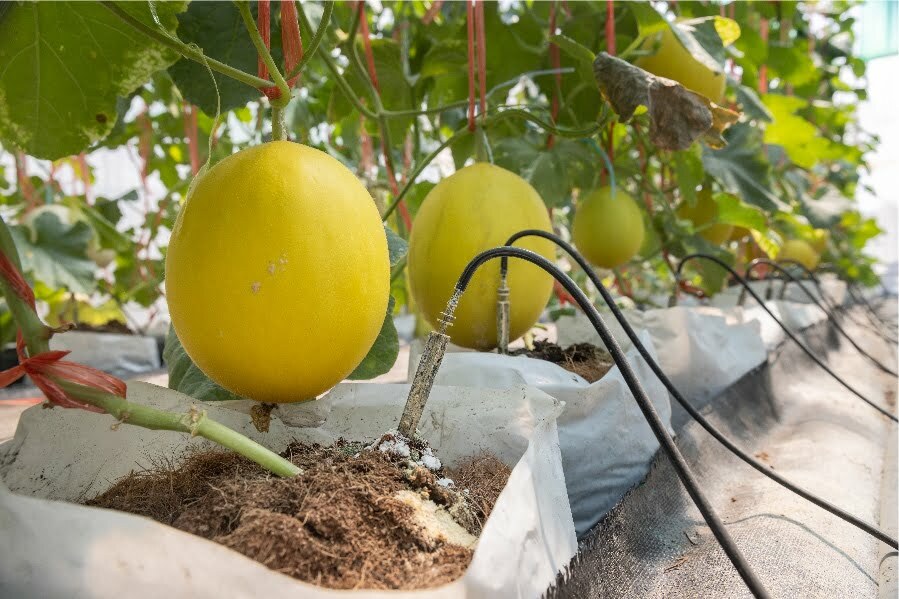
Gardening is a dynamic, ever-changing process. Be ready to adjust your fertilization strategy based on factors like plant growth stages, weather conditions, and soil health. Rapid growth or fruiting may call for more frequent feeding, while dormant periods or extreme weather might require a reduction. Regular soil testing can help fine-tune your fertilizer use, ensuring optimal plant health. Remember, adaptability is key to successful gardening.
Fertilizing is a delicate dance of giving your plants the nutrients they need without overdoing it. It takes some practice and lots of observation. But once you get the hang of it, you will see the rewards in the form of lush, healthy plants that are a joy to behold. Remember, a well-fed garden is a happy garden!
Related reading:
Table of Contents
